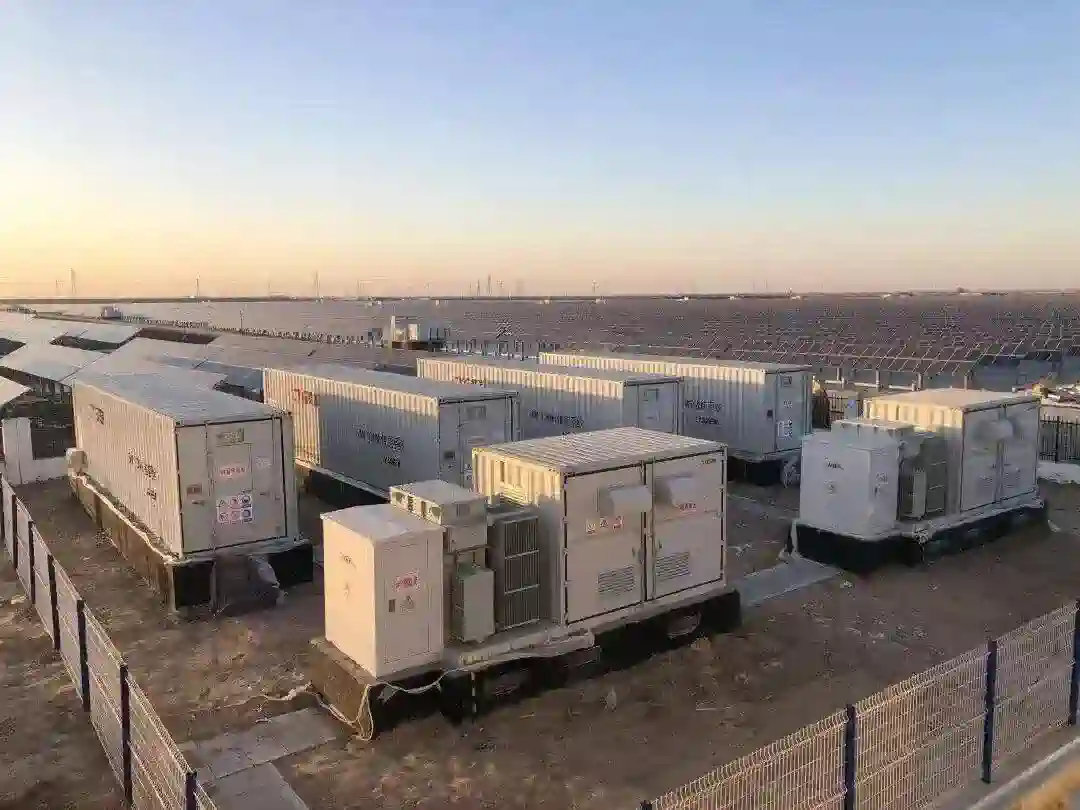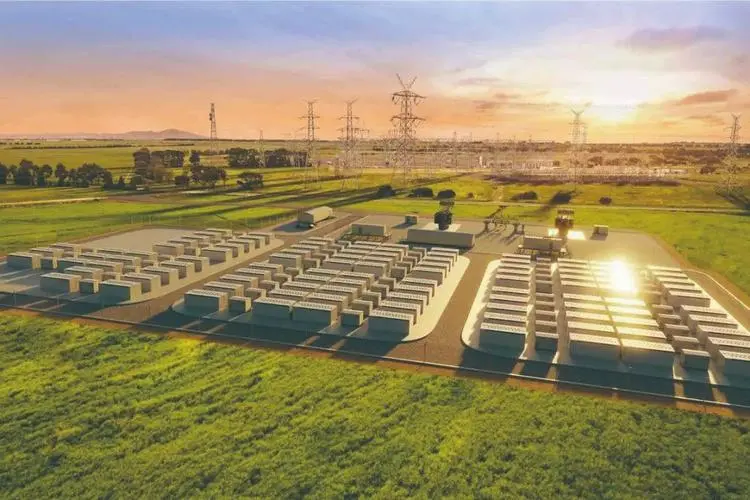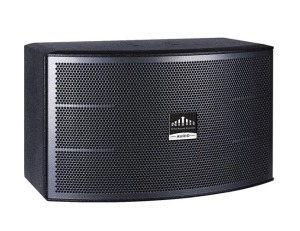5 Unbeatable Advantages of Using LiFePO4 Battery for Solar Energy Storage
Table of Contents
- 5 Unbeatable Advantages of Using LiFePO4 Battery for Solar Energy Storage
- 1. Understanding Solar Energy Storage: The Role of a LiFePO4 Battery
- 2. Why LiFePO4 Batteries Outshine Other Battery Types for Solar Energy Storage
- 3. Why LiFePO4 Batteries Are the Best Batteries for Storage Power Storage
- 3.1 Efficiency and Durability of LiFePO4 Batteries in Solar Energy Storage
- 3.2 LiFePO4 Batteries: A High-Capacity Option for Solar Energy Storage
- 3.3 Longevity and Lifespan of LiFePO4 Batteries in Solar Energy Storage
- 3.4 Safety Features of LiFePO4 Batteries for Solar Energy Storage
- 3.5 Cost-Efficiency of LiFePO4 Batteries in Solar Energy Storage
- 4. LiFePO4 Battery in Action: Case Studies of Solar Energy Storage Systems
- 5. In-Depth: Exploring the Technical Specifications of LiFePO4 Batteries for Solar Energy Storage
- 6. Conclusion

1. Understanding Solar Energy Storage: The Role of a LiFePO4 Battery
Solar energy storage revolves around capturing and storing solar power for use during non-sunny times. The linchpin in this system is the battery, and that's where the LiFePO4 battery comes in. With high energy storage capacities and a reliable performance, LiFePO4 batteries ensure that you can rely on your solar system any time of day or night.2. Why LiFePO4 Batteries Outshine Other Battery Types for Solar Energy Storage
When you're delving into solar energy storage, a comparison of battery types becomes unavoidable. In this face-off, LiFePO4 batteries steal the limelight. They outshine other types of batteries due to their unique blend of features and benefits. Let's break down these advantages into more detail.Firstly, LiFePO4 batteries have an impressive energy density. They can store a significant amount of energy in a small volume, making them a compact and powerful storage solution. This is a key advantage, especially when space is a constraint.Secondly, their longevity is second to none. These batteries can withstand thousands of charge and discharge cycles, significantly outperforming traditional lead-acid batteries. This means that even with frequent use, LiFePO4 batteries can last for years without needing replacement. So, while their upfront cost might be a bit steeper, their longer lifespan makes them more cost-effective in the long run.Next up, is their excellent thermal stability. LiFePO4 batteries are less likely to overheat, making them safer to use. In a world where safety is paramount, this is an unbeatable advantage. They also don't require the same level of maintenance as many other types of batteries, saving you time and effort.Furthermore, LiFePO4 batteries provide consistent power output, ensuring that your solar energy system performs efficiently. Unlike some batteries that see their power output fluctuate, LiFePO4 batteries maintain a steady performance. This reliability is crucial for ensuring that your solar energy system can supply power whenever it's needed.Lastly, LiFePO4 batteries are eco-friendly. They do not contain harmful heavy metals, and they're recyclable. This makes them a more sustainable choice, aligning with the goal of using solar energy to reduce environmental impact.So, whether you're evaluating on grounds of performance, safety, longevity, or environmental impact, LiFePO4 batteries emerge as the clear winner for solar energy storage. They're not just another type of battery; they're the better battery.| Features/Criteria | LiFePO4 (Lithium) | Lead-Acid (AGM, Gel) | Nickel-Cadmium (NiCd) | Nickel-Metal Hydride (NiMH) | Lithium-ion (other types) |
|---|---|---|---|---|---|
| Nominal Voltage (V) | 3.2 - 3.3 | 2 | 1.2 | 1.2 | 3.6 - 3.7 |
| Energy Density (Wh/kg) | 90 - 120 | 30 - 40 | 50 - 80 | 60 - 120 | 150 - 200 |
| Life Cycles | 2000 - 5000+ | 500 - 800 | 2000 - 3000 | 500 - 1000 | 500 - 1500 |
| Usable Capacity (%) | ~100 | ~50 | ~80 | ~100 | ~80 - 90 |
| Self-discharge Rate (%/month) | <3 | 3 - 20 | 20 | 30 | 2 - 5 |
| Maintenance Required | Low | High | Medium | Medium | Low |
| Safety | Very High | Medium | Medium | High | Medium |
| Environmental Impact | Low (Recyclable) | High (Lead pollution) | High (Cadmium pollution) | Medium | Medium (Recyclable) |
| Cost (Initial) | High | Low | Medium | Medium | High |
| Overall Evaluation | ⭐⭐⭐⭐⭐ | ⭐⭐ | ⭐⭐⭐ | ⭐⭐⭐⭐ | ⭐⭐⭐⭐ |
3. Why LiFePO4 Batteries Are the Best Batteries for Storage Power Storage
3.1 Efficiency and Durability of LiFePO4 Batteries in Solar Energy Storage
Let's talk efficiency in solar energy storage, and why LiFePO4 batteries lead the pack. These batteries show a stellar performance, with an efficiency rate often above 95%. That's nearly a full score! This high efficiency allows them to store and utilize more solar energy, even when sunlight is sparse.Plus, they're champions at deep discharging, capable of using almost 100% of their stored energy without incurring damage. Compare this to lead-acid batteries, which risk harm if discharged beyond 50% - that's half the usable energy. So, you're essentially doubling your energy capacity with LiFePO4.Now, onto durability - another strong suit of LiFePO4 batteries. These tough performers can weather up to 5000 to 7000 charge and discharge cycles while maintaining about 80% of their original capacity. That's a lifespan extending over a decade! Most other batteries, including some lithium varieties, struggle to hit 1000 cycles before significant capacity drop.Besides, LiFePO4 batteries are rugged, tolerating high temperatures and high humidity environments, often found in solar energy systems. Add to this their low maintenance needs - there's no regular upkeep to fret about.In a nutshell, LiFePO4 batteries are clear winners in solar energy storage. They make every watt count with their impressive efficiency and stand the test of time with their superb durability. Numbers don't lie - for long-lasting, efficient solar energy storage, LiFePO4 is the way to go.
3.2 LiFePO4 Batteries: A High-Capacity Option for Solar Energy Storage
If we're talking about capacity in solar energy storage, LiFePO4 batteries steal the show. These energy powerhouses can pack a punch when it comes to storing solar energy. Let's delve into how.Firstly, their nominal voltage sits pretty at around 3.2 volts, which is notably higher than most other rechargeable batteries. What does this mean? Well, it equates to more energy stored per unit volume. This makes LiFePO4 a high-capacity option, even in smaller sizes.But that's not all. These batteries have excellent energy density, often reaching 90-110 Wh/kg. This superior energy density enables them to store substantial amounts of energy without bulking up. So, you're getting more energy in less space, making them ideal for systems where space is a premium, like in residential solar energy storage.LiFePO4 batteries also shine in terms of discharge depth. They can be discharged up to 80-90% without damage, significantly outperforming lead-acid batteries that can only safely discharge up to 50%. So, you're getting almost the entire battery capacity at your disposal, maximizing your energy storage.To cap it off, these batteries boast a self-discharge rate of less than 3% per month. This is considerably lower than most battery types, meaning your stored solar energy remains largely intact, ready for use when you need it.In conclusion, with their high voltage, excellent energy density, deep discharge capability, and low self-discharge rate, LiFePO4 batteries provide a high-capacity storage option for your solar energy. They are a smart choice when you want to make the most of the power you harvest from the sun.3.3 Longevity and Lifespan of LiFePO4 Batteries in Solar Energy Storage
When we're talking about the longevity and lifespan of LiFePO4 batteries in solar energy storage, we're really talking about a marathon, not a sprint. These batteries are built to last, and I'm here to show you why.Firstly, one of the greatest strengths of LiFePO4 batteries is their impressive cycle life. They can endure anywhere from 2,000 to 5,000 charge cycles. To put that in perspective, a typical lead-acid battery might give you 300-500 cycles, if you're lucky. This means that LiFePO4 batteries can outlast their lead-acid counterparts by a factor of ten or more, significantly reducing the frequency of battery replacements.Another facet of their longevity lies in their resilience. LiFePO4 batteries can withstand deep discharge without significant degradation, further extending their lifespan. This stands in stark contrast to lead-acid batteries, which can be severely damaged by deep discharge. When you're storing solar energy, you want a battery that can be used fully, and LiFePO4 delivers just that.Temperature tolerance is another factor to consider. LiFePO4 batteries can operate efficiently over a wide range of temperatures, from -20°C to 60°C. This ability to weather the extremes adds to their lifespan, particularly in outdoor solar energy systems exposed to varying weather conditions.Let's not forget about the low self-discharge rate, less than 3% per month, that I mentioned earlier. This attribute minimizes energy loss over time, preserving your stored solar energy for when you need it most.In summary, the long lifespan of LiFePO4 batteries makes them a valuable investment for solar energy storage. With their remarkable cycle life, resilience to deep discharge, wide temperature tolerance, and low self-discharge rate, these batteries are a testament to the saying "it's not about the years in your life, but the life in your years." With LiFePO4 batteries, you get both.3.4 Safety Features of LiFePO4 Batteries for Solar Energy Storage
Safety is a big deal when it comes to batteries, and I’m pleased to tell you that LiFePO4 batteries are a shining example of safety in the world of solar energy storage.At the forefront of these safety features is thermal stability. LiFePO4 batteries are well-known for their excellent thermal stability. They can handle high temperatures without breaking a sweat (or, more accurately, without bursting into flames or exploding). That’s a comforting thought when you're dealing with a battery that’s constantly charging and discharging.Moreover, these batteries also come with a low risk of thermal runaway. Thermal runaway is a chain reaction that leads to a fire or explosion and is a risk with many lithium-ion batteries. However, the chemical composition of LiFePO4 batteries significantly reduces this risk. This is mainly due to the Fe (Iron) in LiFePO4 that has a stable chemical characteristic, significantly improving the battery's thermal stability.What’s more, LiFePO4 batteries don't produce dangerous gases when damaged or overcharged, unlike lead-acid batteries that produce harmful hydrogen gas. This feature not only provides safety but also contributes to a healthier environment.Another important safety feature is the battery management system (BMS) that comes with LiFePO4 batteries. The BMS ensures that the battery operates within its safe parameters. It monitors and controls the battery's temperature, voltage, and current, effectively preventing overcharging, over-discharging, and overheating.Lastly, these batteries are non-toxic, which is a big plus in terms of safety and environmental impact. The "Fe" in LiFePO4 stands for Iron - a naturally occurring element that's abundant and safe to handle.All in all, LiFePO4 batteries are a safe bet for solar energy storage. Their excellent thermal stability, low risk of thermal runaway, lack of dangerous gas production, built-in BMS, and non-toxic nature make them a superior choice from a safety perspective. Trust me, these batteries put the 'safe' in 'safety'!
3.5 Cost-Efficiency of LiFePO4 Batteries in Solar Energy Storage
I know when it comes to solar energy storage, cost-efficiency is a top concern. Well, you'll be glad to know LiFePO4 batteries are a real winner in this arena.Let's start with the upfront cost. Yes, LiFePO4 batteries are more expensive upfront compared to lead-acid batteries. But don't let that discourage you. When we delve deeper into the life-cycle cost, LiFePO4 batteries are cheaper in the long run.Here's why: LiFePO4 batteries have a life cycle of 5,000 to 10,000 cycles. Compared to the 500 to 1,000 cycles of lead-acid batteries, that's quite impressive. This means you won’t need to replace them as frequently, thus saving on replacement costs over time.In terms of efficiency, LiFePO4 batteries are top-tier. They have an impressive energy efficiency of up to 98%. What does this mean? More of your solar energy is stored and used, reducing waste and making the most of your solar panels.Plus, these batteries can be discharged deeper without damage (up to 80-90%), meaning you get more usable capacity per charge. This contrasts sharply with lead-acid batteries, which can only be discharged to about 50% without risking damage. So, you're getting more bang for your buck with each charge cycle.The efficiency of LiFePO4 batteries also means less waste heat, which can save costs in cooling systems for larger solar installations.And don't forget maintenance costs. LiFePO4 batteries are essentially maintenance-free, unlike some other battery types, like flooded lead-acid batteries. That means fewer costs and less time spent on maintenance, another win for cost-efficiency.When you sum it all up, while the initial price tag of LiFePO4 batteries might be higher, the long-term savings they offer make them a smart and cost-effective choice for solar energy storage. When we talk about cost-efficiency, these batteries are indeed shining stars!4. LiFePO4 Battery in Action: Case Studies of Solar Energy Storage Systems
4.1 Residential Solar Energy System:
In a residential setting, a homeowner in Arizona replaced their traditional lead-acid battery bank with a 12 volt lithium battery for their rooftop solar panels. The results were astounding. With the Arizona sun, the battery charged up quickly and efficiently, thanks to the LiFePO4 battery's high charge acceptance. Furthermore, even during cloudy days or at night, the power supply remained consistent, a testament to the LiFePO4 battery's superior energy density and discharge rate. Over a year, the homeowner reported that their energy bills had significantly reduced, marking an impressive return on investment.4.2 RV Solar Installation:
An RV owner in California installed a solar panel system with a 12 volt lithium battery. The battery's lightweight and compact size made it a perfect fit for the limited space in the RV. Its ability to provide a steady stream of power proved invaluable during their off-grid travels, powering their appliances, lights, and charging stations efficiently. The owner reported that the battery's lifecycle, which can exceed 2000 cycles, gave them peace of mind knowing they wouldn't need to replace the battery frequently.4.3 Remote Cabin Solar Setup:
A remote cabin in the mountains of Colorado used a 12 volt lithium battery for their solar power system. The battery's durability and ability to function effectively in extreme temperatures made it an excellent choice for the harsh, snowy winters. The cabin's solar setup could harness and store enough energy during the day to power the entire cabin at night, from lighting to heating systems, showing the LiFePO4 battery's high usable capacity.




















